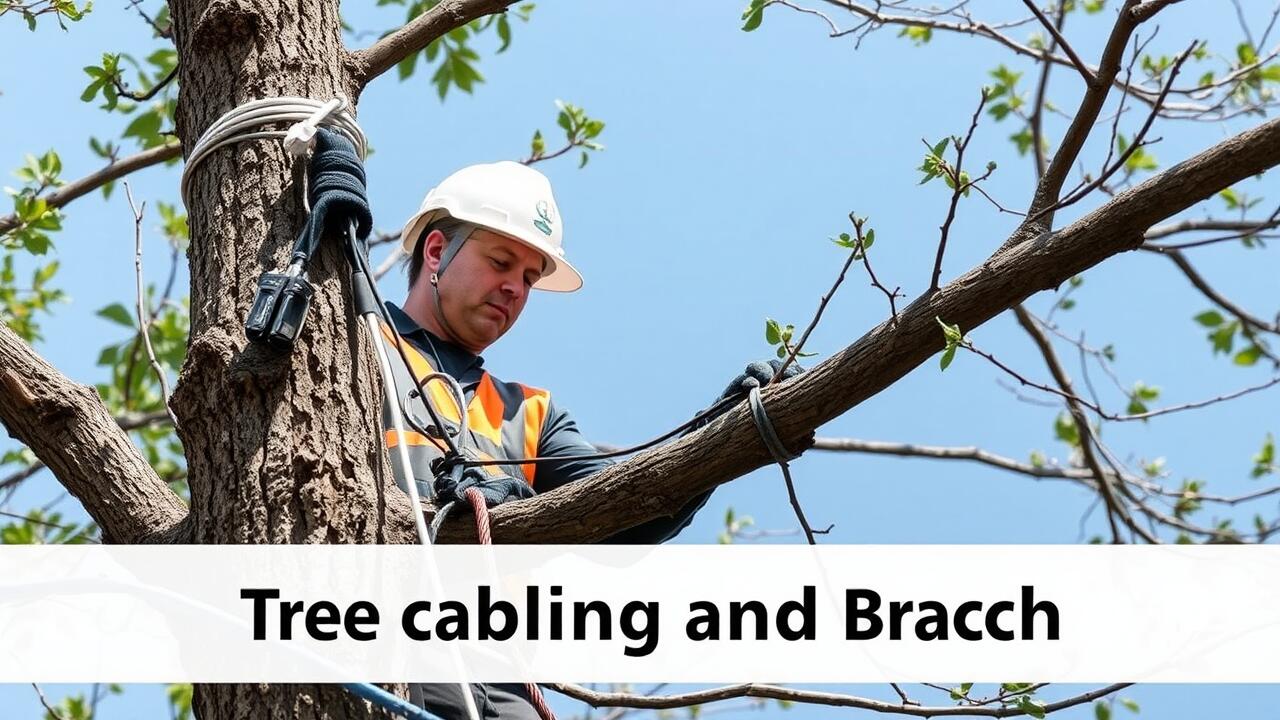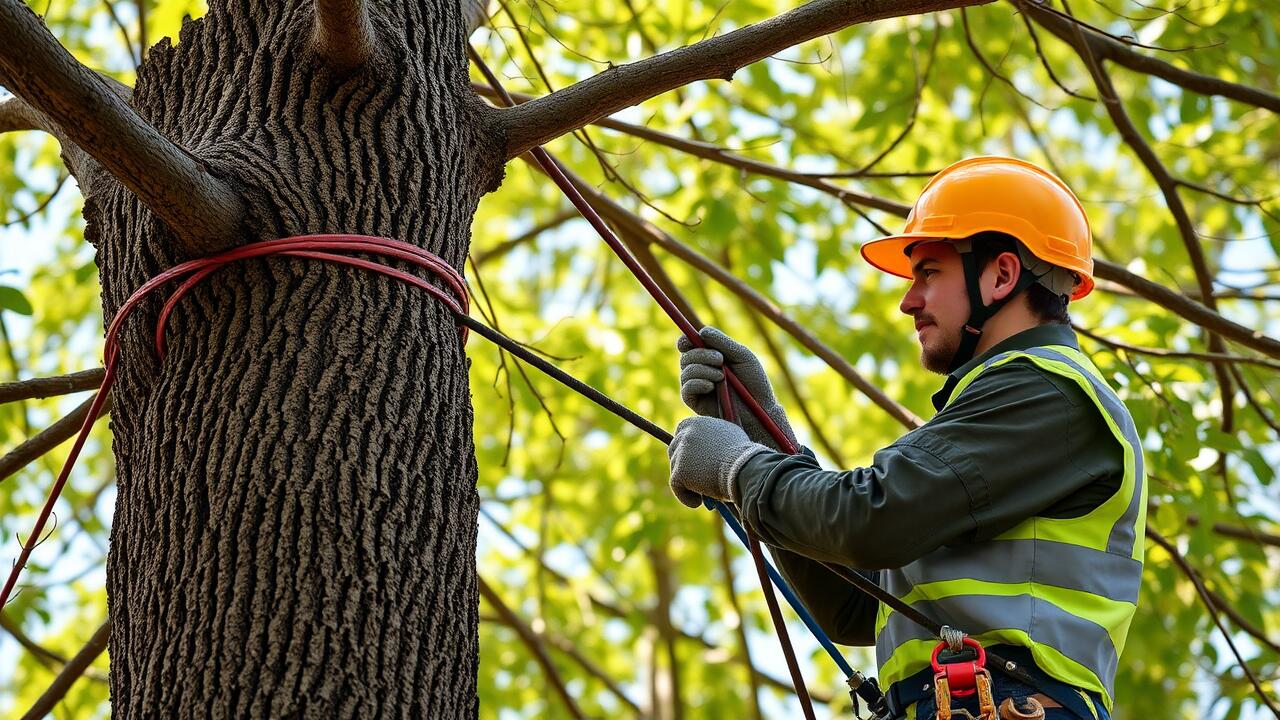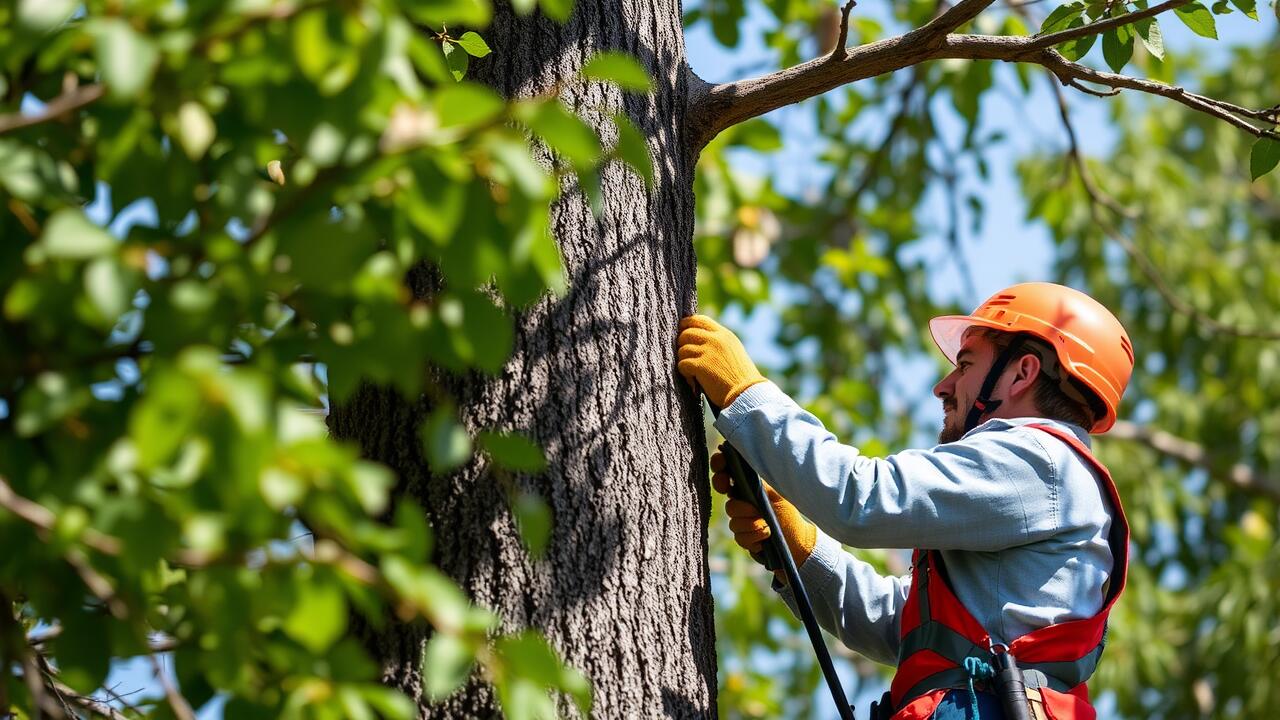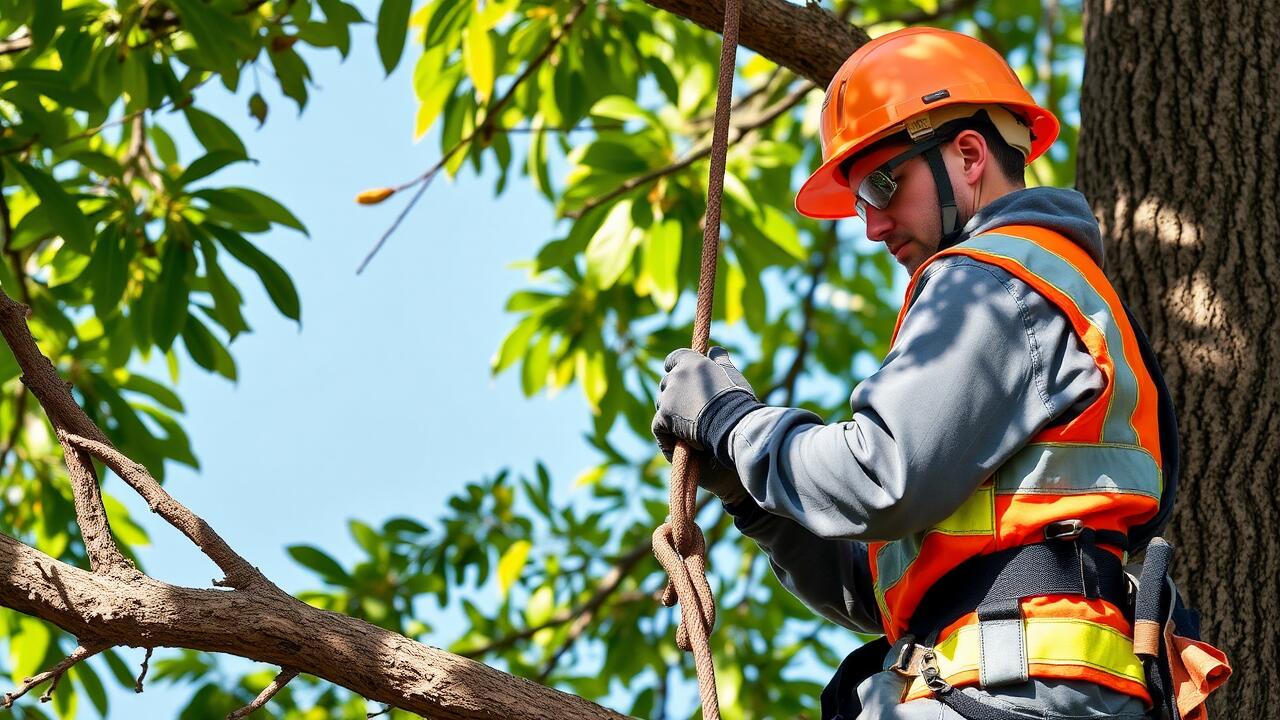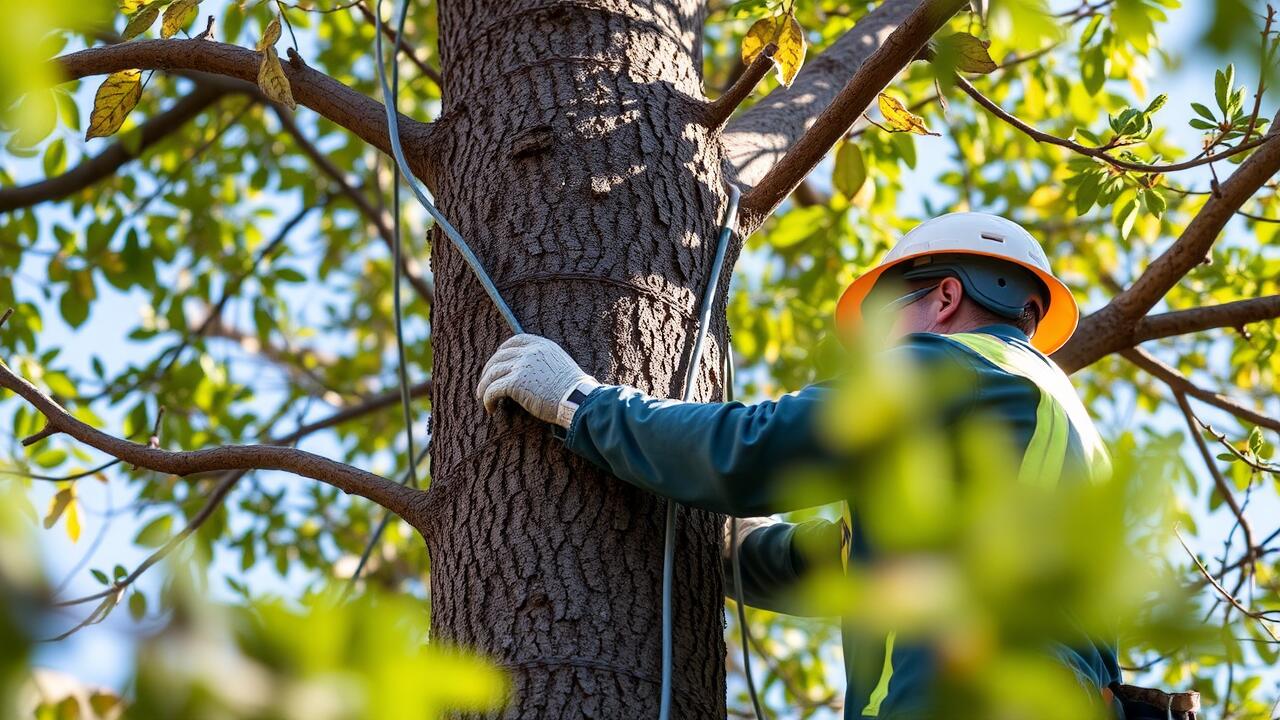
Neglecting Regular Maintenance
Regular maintenance is crucial for the longevity and effectiveness of tree cabling systems. Neglecting to assess the condition of cables can lead to unforeseen issues, including cable failure or the inability to support the tree as needed. Regular inspections allow for the identification of wear and tear, ensuring that cables are functioning properly and reducing the risk of damage during severe weather. The importance of routine check-ups cannot be overstated, especially in regions prone to extreme weather fluctuations.
In Buckhead, Atlanta Tree Cabling and Bracing, maintenance often involves evaluating the tightening of cables and the health of the tree itself. Trees can grow in unexpected ways, which might alter the tension placed on cabling systems. Unmonitored trees may develop weaknesses, making them susceptible to structural failures. Ensuring that maintenance is performed regularly helps preserve the integrity of both the tree and the support system.
Why Routine Check-Ups Matter
Routine check-ups are essential for the longevity and effectiveness of tree cabling systems. Regular assessments help identify potential issues before they escalate into serious problems. In areas like Buckhead, Atlanta, tree cabling and bracing can be exposed to various environmental factors that may compromise their integrity. Neglecting these routine inspections increases the risk of failure, which can lead to damage to the tree itself and surrounding property.
Moreover, maintenance checks provide an opportunity to adjust the tension on cables as trees grow and shift. This proactive approach not only enhances the health of the tree but also ensures the safety of the surrounding area. In Buckhead, Atlanta, tree cabling and bracing should be viewed as ongoing responsibilities, with regular evaluations crucial for a responsible and effective tree management strategy. Keeping up with these practices can mitigate risks and promote the overall well-being of both the trees and the environment they inhabit.
Inexperienced Technicians
Hiring inexperienced technicians can lead to significant issues during the tree cabling process. Many individuals underestimate the complexity of properly installing cables and braces. A lack of experience increases the likelihood of errors, potentially jeopardizing the health of the tree and creating hazardous conditions.
In Buckhead, Atlanta, tree cabling and bracing require a skillful approach to ensure the trees remain strong and stable. Unqualified help may overlook crucial aspects like proper cable placement and tension adjustments. This oversight can result in long-lasting damage instead of the intended support, ultimately compromising the tree's structural integrity.
The Risks of Hiring Unqualified Help
Hiring inexperienced or unqualified technicians for tree cabling can lead to serious issues that compromise the safety and health of the trees. A lack of expertise may result in improper installation techniques, risking structural integrity. When unqualified personnel attempt to handle complex cabling systems, they often overlook essential factors like tree species, environmental conditions, and growth patterns. This oversight can put both the tree and nearby structures at risk.
In areas like Buckhead, Atlanta Tree Cabling and Bracing, the importance of qualified technicians cannot be overstated. Skilled professionals understand how to evaluate the specific needs of each tree. They use appropriate materials and techniques tailored to the unique characteristics of the local landscape. This expertise not only ensures the effectiveness of the cabling system but also promotes the long-term health of the trees.
Misjudging Load and Tension
Accurate calculations of load and tension are crucial in tree cabling to ensure the safety and stability of the trees. Misjudging these elements can lead to severe structural issues, compromising the health of the tree and potentially endangering nearby property or individuals. The forces exerted on cables vary significantly based on tree species, size, and environmental factors. An understanding of these variables is essential for proper installation and effectiveness of the cabling system.
In Buckhead, Atlanta, tree cabling and bracing demand a keen awareness of local conditions and specific tree characteristics. Professionals must evaluate not only the weight of the branches but also the influence of wind, rain, and other environmental forces. Failure to accurately assess these factors can result in insufficient support or over-tensioning, leading to cable failure. Proper tension management ensures that the cables provide the necessary support while allowing the tree to continue growing naturally.
Calculating Forces on Cables
Properly calculating the forces on cables is crucial in tree cabling. Each cable must support the weight of the branches it is intended to stabilize, along with any dynamic loads such as wind or ice. Miscalculating these forces can lead to cable failure, resulting in potential harm to both the tree and surrounding areas. An evaluation should include various factors, including tree species, branch morphology, and environmental conditions.
In Buckhead, Atlanta Tree Cabling and Bracing, skilled technicians utilize specialized tools and techniques to ensure accurate calculations. They assess the overall health of the tree and consider the specific loads that will be applied to the cables. This attention to detail minimizes the risks associated with improper cabling and enhances the longevity of the support system. Ensuring that these calculations are precise is essential for the safety and stability of the tree in the long term.
FAQS
What is tree cabling and why is it important?
Tree cabling is a technique used to support weak or damaged branches in trees, helping to reduce the risk of breakage and maintain the tree's structural integrity. It is important for enhancing safety and prolonging the life of the tree.
What are some common mistakes made during tree cabling?
Common mistakes include neglecting regular maintenance, hiring inexperienced technicians, misjudging load and tension, and failing to properly calculate the forces acting on cables.
How often should I have my trees with cables inspected?
It is recommended to have trees with cabling inspected at least once a year, or more frequently if there are changes in the tree's health or surroundings that could affect the cabling system.
What are the risks of hiring inexperienced technicians for tree cabling?
Inexperienced technicians may not properly assess the tree's condition, choose inappropriate materials, or install the cabling incorrectly, leading to potential tree damage, injury, or property damage.
How can I ensure the load and tension are correctly calculated in tree cabling?
Ensuring proper load and tension calculations involves consulting with a certified arborist who has experience in tree cabling. They can assess the specific conditions of your tree and recommend the right materials and installation techniques.
